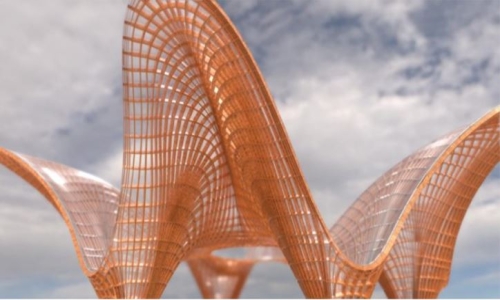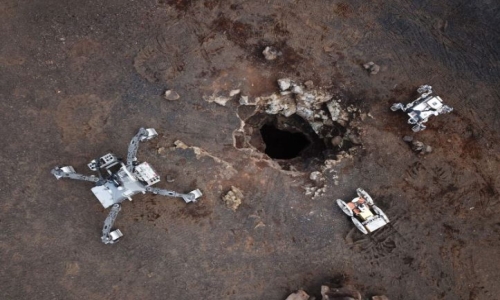


 11:29:42
11:29:42  2024-06-20
2024-06-20  1033
1033

Christmas Tree Worms are named for their spindly, fir tree like appearance. Their festive looking crowns protrude from their otherwise tube-like body, composed of radioles (similar to hair) appendages radiating from the worm’s spines. Christmas Tree Worms are ciliary feeders, which means they use cilia, tiny-hair-like bristles on their appendages, to catch food as it passes by. The food then passes down a groove pushed by their ciliary tracts, which are lines of tiny hair-like extensions on the sources of cells that create water currents to direct digestion. Through this method the worms will also take in sand, storing those grains away in separate sacs to assist in building tubes to anchor them to the corals.
Once Christmas Tree Worms find a coral to live in, they don’t move much and their brightly colored plumes make them easy to spot in the ocean. Christmas Tree Worms average only about 1.5 inches in length and up to two-thirds of the worm is anchored in the coral when its plumes are visible. When startled, these worms will rapidly retreat back into their burrows, later poking a small amount of their bristles back out of their burrows to determine if the danger has passed.
Female worms release eggs into the water where male worms have released sperm. The fertilized eggs develop into larvae that then settle on coral heads and begin burrowing in to form their homes. Christmas Tree Worms rarely, if ever, move from their burrows.
Reality Of Islam |
|

A new NURBS

A research

Researchers
 9:3:43
9:3:43
 2018-11-05
2018-11-05
10 benefits of Marriage in Islam
 7:5:22
7:5:22
 2019-04-08
2019-04-08
benefits of reciting surat yunus, hud &
 9:45:7
9:45:7
 2018-12-24
2018-12-24
advantages & disadvantages of divorce
 11:35:12
11:35:12
 2018-06-10
2018-06-10
 6:0:51
6:0:51
 2018-10-16
2018-10-16
 7:32:24
7:32:24
 2022-02-14
2022-02-14
 10:47:11
10:47:11
 2022-11-22
2022-11-22
 2:42:26
2:42:26
 2023-02-02
2023-02-02
 2:33:4
2:33:4
 2023-02-15
2023-02-15
 8:25:12
8:25:12
 2022-03-09
2022-03-09
 9:30:2
9:30:2
 2021-11-12
2021-11-12
 4:2:19
4:2:19
 2022-10-10
2022-10-10
 5:41:46
5:41:46
 2023-03-18
2023-03-18
| LATEST |